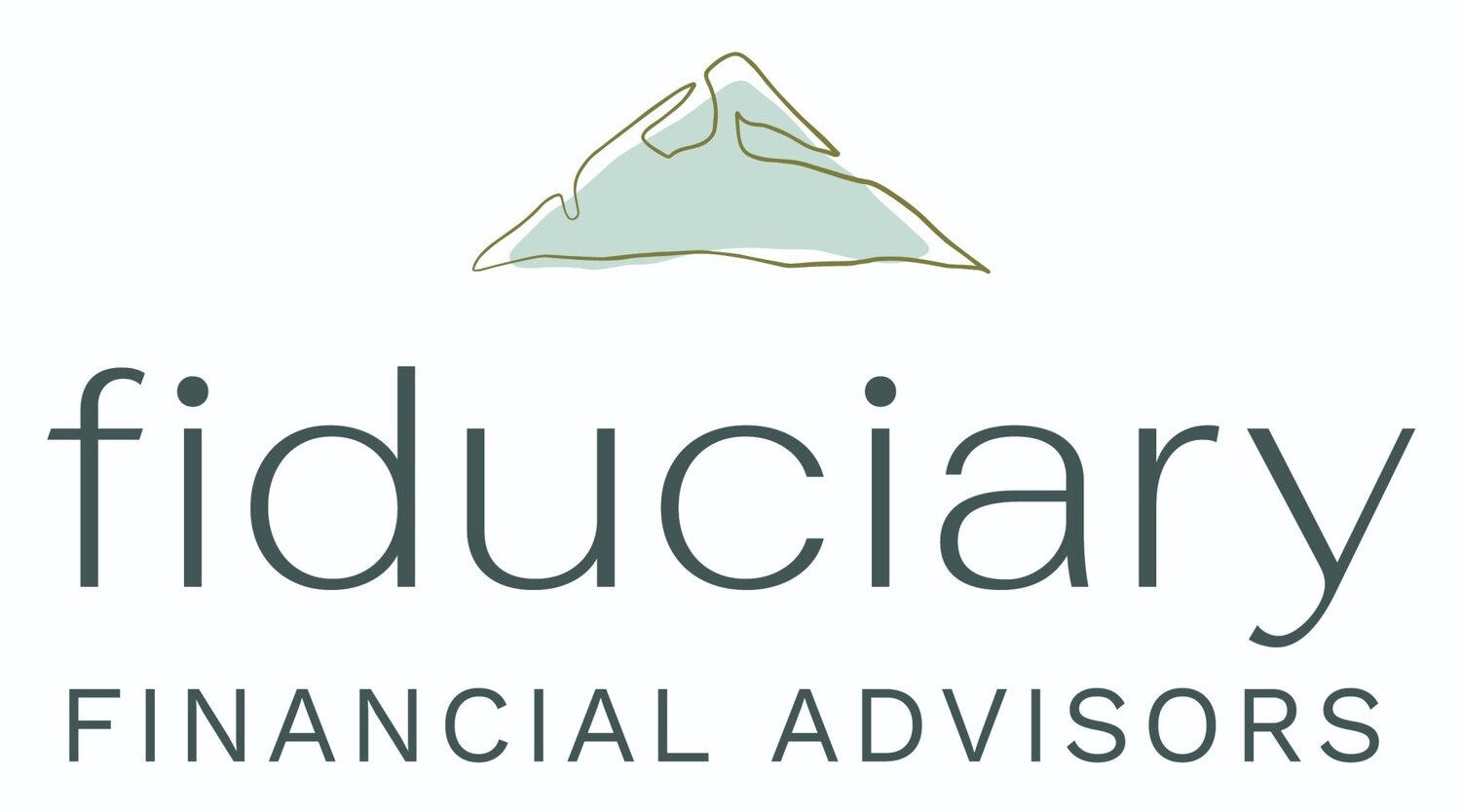Route 664 Podcast Feature: Wealth Planning
/ Andrew Van AlstyneAndrew Van Alstyne had the privilege to be featured on the Route 664 Podcast.
Andrew discusses the significance that proper financial planning can have on multi-generational wealth and the importance of doing thorough, comprehensive financial reviews.
Click the Links Below to Watch or Listen to the Full Episode:
Fiduciary Financial Advisors, LLC is a registered investment adviser. Information presented is for educational purposes only and does not intend to make an offer or solicitation for the sale or purchase of any securities. Investments involve risk and are not guaranteed. Be sure to consult with a qualified financial adviser and/or tax professional before implementing any strategy discussed herein.
Recent Articles Written by Andrew:
Passing on wealth to the next generation is more than just managing financial assets—it's about ensuring your values, wisdom, and legacy endure. This article explores simple strategies to transfer both financial and qualitative capital, helping you create a lasting legacy for your family.
Discover the power of a family bank: transform your wealth management. Many American families face the challenge of preserving and growing their wealth across generations. The concept of a family bank offers a robust solution, providing a structured system to manage and utilize family wealth effectively.
Learn why filing estimated quarterly taxes is crucial for avoiding IRS penalties, managing cash flow, and ensuring financial predictability. Our comprehensive guide provides key dates, steps to estimate what you owe, and expert tips for entrepreneurs, investors, and high-net-worth individuals.
Discover the Three Bucket System for retirement savings. Learn how to optimize tax efficiency and maximize investment growth while crafting a personalized strategy tailored to your financial goals.
Learn how to effectively manage a substantial financial windfall with this comprehensive guide. From prudent planning to long-term preservation, discover expert strategies to optimize your newfound prosperity.
Navigate the ongoing tax planning landscape with this comprehensive guide for 2024. From handling investment gains and losses to managing RMDs and exploring charitable giving strategies, optimize your financial strategy for maximum tax efficiency. Start your tax planning now to ensure a prosperous financial future.
Discover the defensive role cryptocurrency may play and the rationale behind the 'wait and see' philosophy. Gain strategic insights for navigating the evolving world of alternative investments.
Dive into the financial landscape of 2024 with this comprehensive guide. From economic stability to tax changes, our guide provides strategic insights. Navigate the evolving landscape with confidence and stay ahead in your financial journey.











































































For business owners, the importance of buy/sell agreements cannot be overstated. These contracts are designed to protect both the business and its owners by setting clear guidelines for ownership transitions in case of unforeseen events such as death, disability, or retirement. Without such an agreement, businesses can face severe disruptions, leading to internal disputes or financial strain.
A buy/sell agreement helps ensure that ownership changes are handled smoothly by defining how shares will be sold and at what price. More importantly, it prevents the business from falling into the hands of unintended parties, like an owner’s ex-spouse or an outsider who could negatively impact the company’s operations.
By incorporating key provisions such as purchase price determination and funding mechanisms, buy/sell agreements give businesses a solid foundation for navigating ownership transitions, ultimately protecting their long-term success.